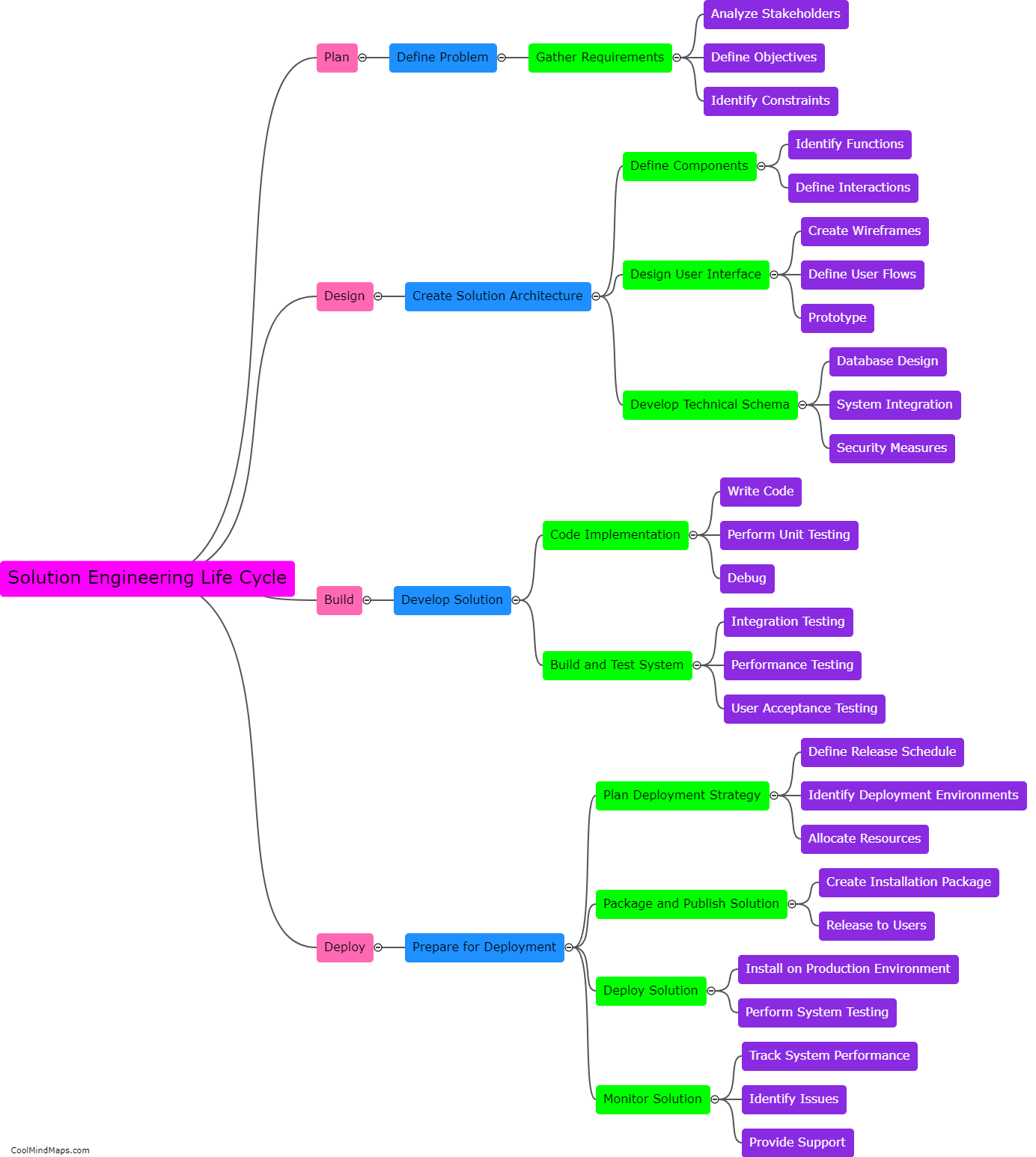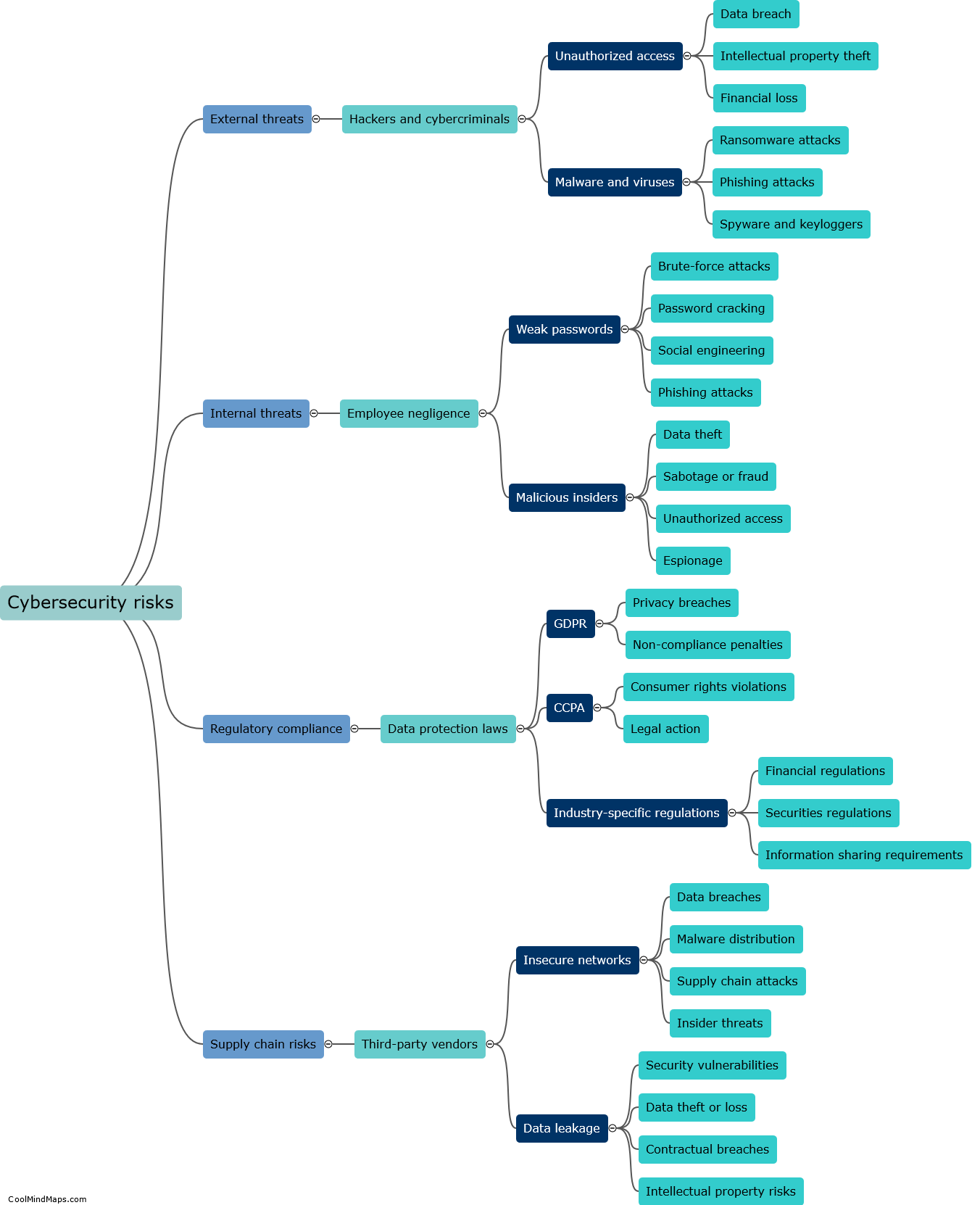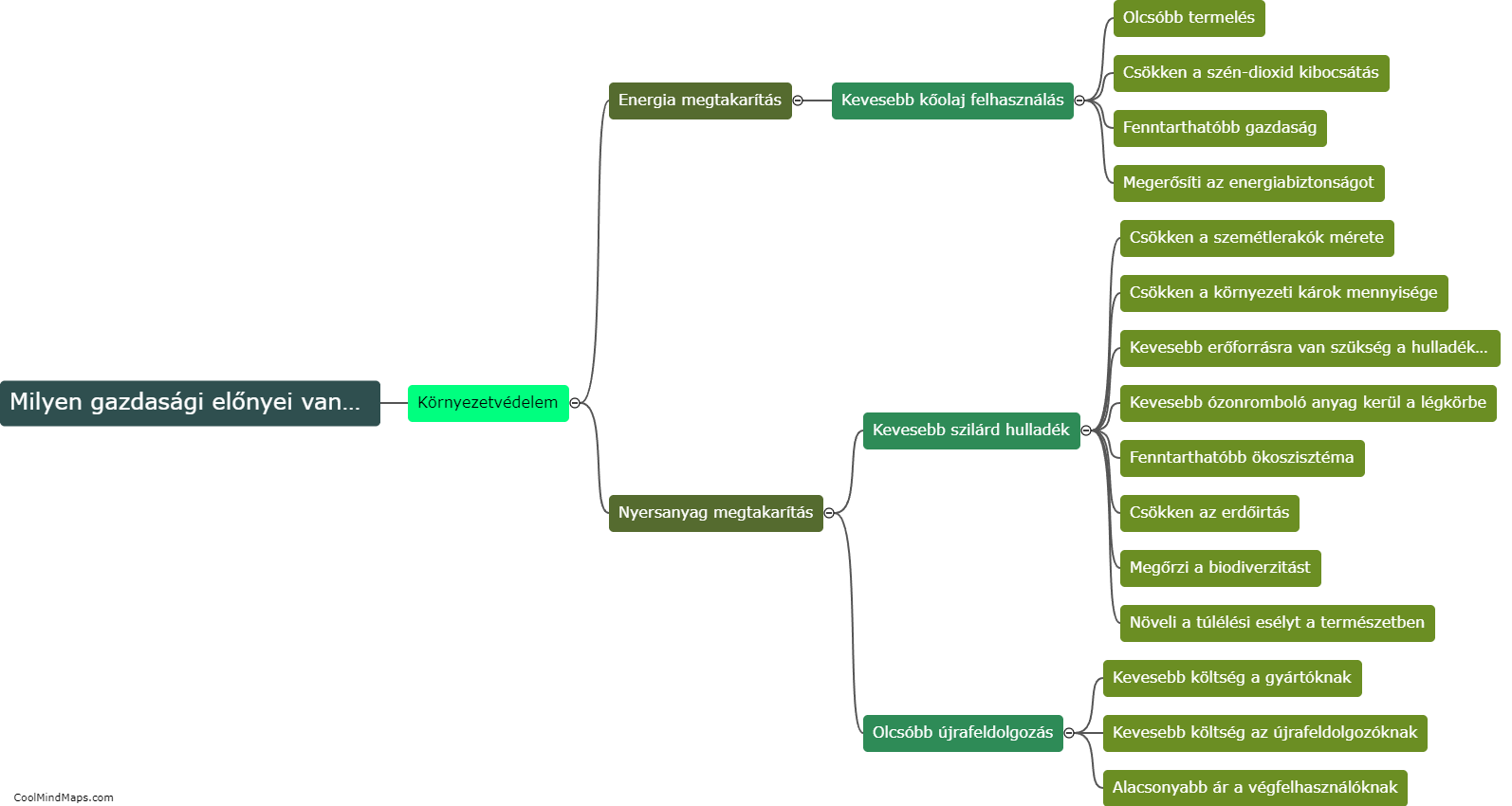Are there any specific guidelines for using tools in the regulation?
When it comes to using tools in regulation, there are certain guidelines that need to be followed. These guidelines aim to ensure the fairness, accuracy, and reliability of the regulatory process. Firstly, it is essential to select the appropriate tools based on the specific regulatory objective and the nature of the industry being regulated. This involves considering factors such as complexity, risk, and practicality. Secondly, regulators must establish clear criteria for the use of tools, including thresholds, limits, and any necessary exemptions. These criteria provide clarity and consistency in decision-making. Additionally, transparency in tool usage is crucial, involving clear communication of the tools being used, the reasons behind their use, and any associated risks or limitations. Moreover, there needs to be periodic evaluation and review of the effectiveness and impact of the tools, allowing for adjustments and improvements as necessary. Overall, following these guidelines ensures a balanced and effective regulatory framework that promotes desired outcomes while safeguarding against potential adverse consequences.

This mind map was published on 26 November 2023 and has been viewed 97 times.











